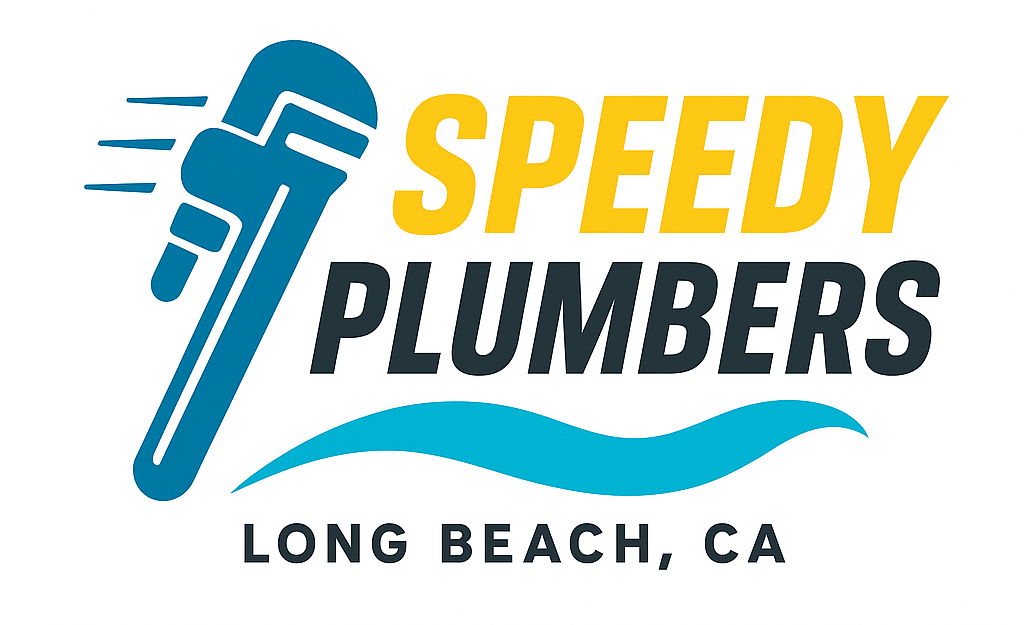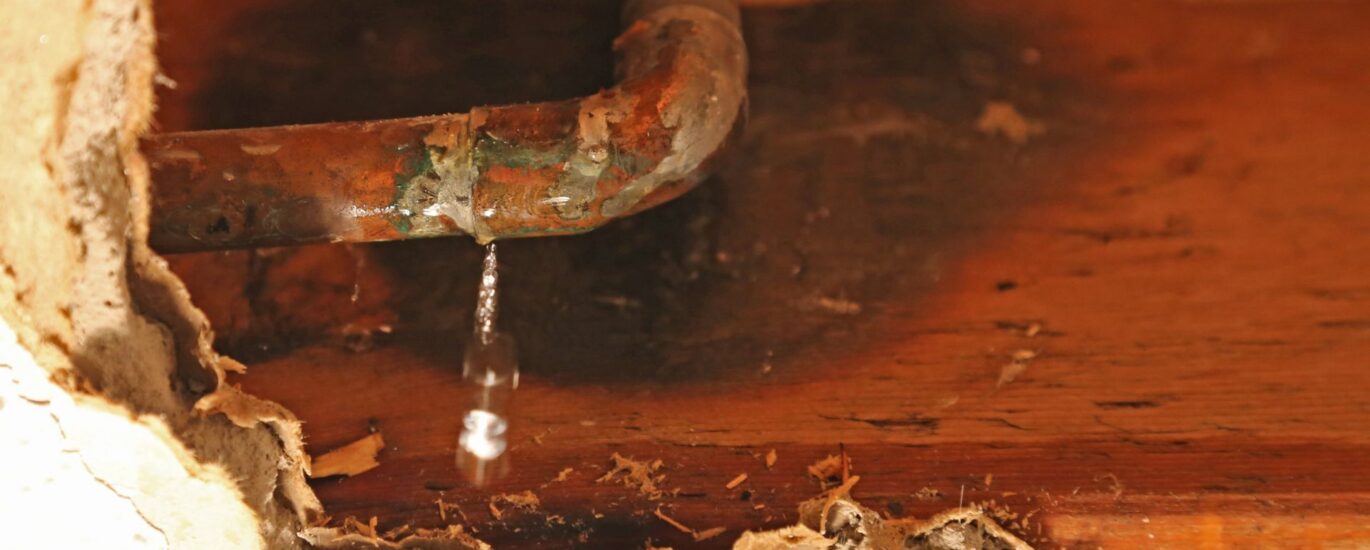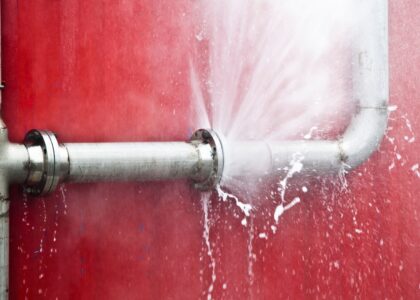Introduction
Water leaks can be quiet — you may never see them, but they can quietly drain your wallet and damage your property. In this post, we’ll explore why early leak detection is crucial, common signs of leaks, and how professional leak detection works. Later in this series, we’ll dig deeper into types of leaks and modern detection tools.
Why Leak Detection Should Be a Priority
- A small drip can waste thousands of gallons of water per year.
- Undetected leaks often lead to mold, structural damage, and costly repairs.
- Higher water bills often clue you in — but by then, damage may already be underway.
- With modern methods, you can detect leaks without tearing up walls or floors.
If you suspect a leak, see our core service page: Leak Detection.
Recognizing the Warning Signs
Even hidden leaks leave footprints. Keep an eye out for:
| Sign | What It Could Mean |
|---|---|
| Sudden spike in water bill | You’re using more water than usual, but not using it intentionally |
| Constantly running water meter | Something is leaking even when all taps are off |
| Damp or discolored walls/floors | Moisture is escaping behind surfaces |
| Musty or mildew odors | Hidden moisture is feeding mold growth |
| Low water pressure | A pipe is leaking, reducing flow downstream |
If you see one or more of these, it’s time to act.
How Professional Leak Detection Works
Professional leak detection generally follows these steps:
- Assessment & inspection
The plumber evaluates visible plumbing fixtures and looks for clues (damp patches, stains, etc.). - Non-destructive detection techniques
Rather than busting through walls, pros use tools like acoustic listening devices, thermal imaging, moisture meters, or tracer gases to locate leaks accurately. - Pinpointing & mapping
Once a leak is found, technicians map its location relative to walls, floors, pipes, and structural elements. - Repair planning
After detection, the next step is planning a minimally invasive repair (patch, re-pipe, sectional replacement, etc.).
This process ensures that you fix the leak — not just patch symptoms.
Real-Life Benefits of Catching Leaks Early
- Lower water bills: You stop water loss immediately
- Reduced structural damage: Moisture won’t erode foundations, drywall, or flooring
- Health protection: Less mold and mildew means safer indoor air
- Peace of mind: You know exactly where and how to repair
When you’re ready, reach out via our Contact Us page to schedule an evaluation.
How This Post Leads to the Next
In this blog, we covered why leak detection is essential and how the process generally works. In the next post, we’ll dive into types of leaks you might encounter (slab leaks, pipe leaks, hidden wall leaks, etc.) and how each behaves differently. After that, we’ll explore modern detection technologies and when to call the pros.
Conclusion
Don’t let leaks drain your money or your structure. Early leak detection is one of the best investments a homeowner can make. Your next steps:
- Monitor your water usage
- Watch for warning signs
- Schedule a professional leak detection service via our Leak Detection page
- Or start directly with Contact Us



